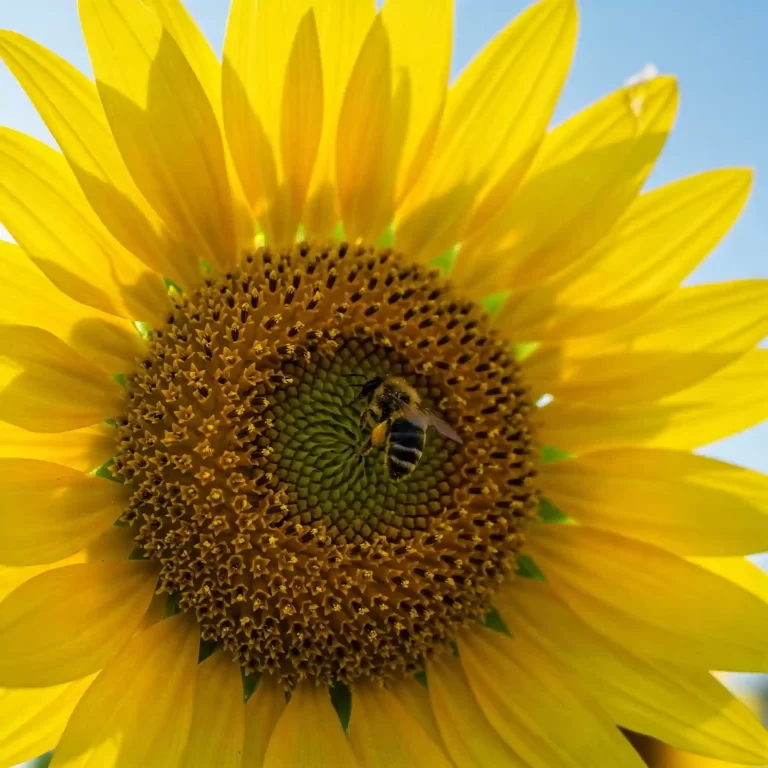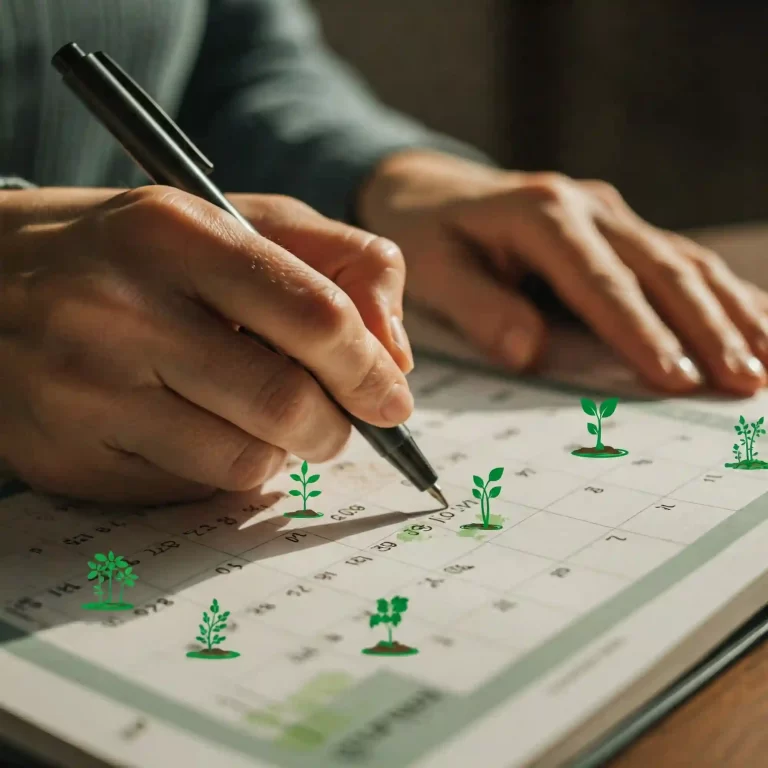| – The plant life cycle is the process of how plants grow and change from seeds to sprouts to plants to flowers or fruits. |
| – You can teach your kids about the plant life cycle with fun and creative crafts that will help them visualize, observe, and learn about the different stages and parts of a plant. |
| – In this article, you will find five crafts that you can do with your kids: a plant life cycle wheel, a sprout house, a flower dissection, a living art with watercress, and a sweet potato sprout. |
| – For each craft, you will need some simple materials and tools that you can easily find at home or in a store. |
| – For each craft, you will also get some step-by-step instructions, tips, and suggestions on how to make and use the craft. |
Do you want to teach your kids about the plant life cycle in a fun and creative way? Do you want to engage them in hands-on learning activities that will spark their curiosity and imagination? Do you want to help them develop their science, art, and literacy skills?
If you answered yes to any of these questions, then this article is for you. In this article, you will find five crafts that you can do with your kids to teach them about the plant life cycle. The plant life cycle is the process of how plants grow and change from seeds to sprouts to plants to flowers or fruits. By doing these crafts, you will help your kids visualize, observe, and learn about the different stages and parts of a plant.
For each craft, you will need some simple materials and tools that you can easily find at home or in a store. For each craft, you will also get some step-by-step instructions, tips, and suggestions on how to make and use the craft. These crafts are suitable for preschoolers, but you can also adapt them for older or younger kids.
Ready to get started? Let’s begin with the first craft: a plant life cycle wheel.
Craft 1: Plant Life Cycle Wheel
A plant life cycle wheel is a simple and effective way to help your kids visualize the different stages of a plant’s life. It is also a great way to introduce them to the vocabulary and concepts related to the plant life cycle. Here is what you will need to make the wheel:
- Two paper plates
- A brass fastener
- Scissors
- Glue
- Crayons
- Free printables (you can download them from [here])
Here is how to make the wheel:
- Cut out a circle from the center of one paper plate. This will be the top plate of the wheel.
- Glue the free printables on the other paper plate. Make sure they are aligned with the edges of the plate. This will be the bottom plate of the wheel.
- Attach the top plate to the bottom plate with the brass fastener. Make sure the fastener goes through the center of both plates.
- Color the pictures on the bottom plate with crayons. You can also write the names of the stages on the top plate.
Here is how to use the wheel:
- Spin the wheel and ask your kids to name the stage of the plant life cycle that is showing through the window.
- Ask your kids to describe what happens in each stage of the plant life cycle. For example, you can ask them how a seed travels, how a sprout grows, how a plant makes food, or how a flower turns into a fruit.
- Ask your kids to compare and contrast the different stages of the plant life cycle. For example, you can ask them how a seed is different from a sprout, how a plant is similar to a flower, or how a fruit is related to a seed.
Craft 2: Sprout House
A sprout house is a fun and easy way to help your kids observe how seeds grow roots and shoots. It is also a great way to teach them about the needs and parts of a plant. Here is what you will need to make the sprout house:
- A plastic ziplock bag
- A paper towel
- Water
- Seeds (such as beans or sunflowers)
- Tape
- A marker
Here is how to make the sprout house:
- Wet the paper towel with water and squeeze out the excess. Fold the paper towel and place it inside the bag.
- Add some seeds to the bag. Make sure they are spread out on the paper towel.
- Seal the bag and draw a house on the bag with the marker. You can also write your kid’s name or the name of the seeds on the bag.
- Tape the bag to a window that gets plenty of sunlight.
Here is how to use the sprout house:
- Check the sprout house every day and record the changes. You can use a journal, a chart, or a calendar to keep track of the growth of the seeds.
- Sort and draw the sprouted seeds according to their characteristics. You can use different criteria such as size, shape, color, or number of roots and shoots.
- Transplant the sprouts to a pot or a garden when they are big enough. You can also continue to observe and care for them until they grow into plants and produce flowers or fruits.
Craft 3: Flower Dissection
A flower dissection is a fascinating and educational way to help your kids learn about the parts and functions of a flower. It is also a great way to teach them about the process of pollination and fertilization. Here is what you will need to make the flower dissection:
- A flower (such as a lily or a rose)
- A magnifying glass
- Tweezers
- Scissors
- A paper plate
- A label maker or a marker
Here is how to make the flower dissection:
- Cut off the stem of the flower and remove the petals, sepals, and stamens. You can use the tweezers or the scissors to do this. Be careful not to damage the parts.
- Cut open the pistil and look for the ovary and the ovules. You can use the magnifying glass to see them better.
- Arrange the parts on the paper plate and label them with their names and functions. You can use the label maker or the marker to do this. You can also use a diagram or a picture as a reference.
Here is how to use the flower dissection:
- Compare and contrast different types of flowers. You can use different criteria such as size, shape, color, or number of parts.
- Explain the process of pollination and fertilization. You can use a diagram or a picture as a reference. You can also use some props such as cotton swabs, glitter, or beads to simulate how pollen is transferred from the stamen to the pistil.
- Make a chromatography experiment with the petals. You can use some water, filter paper, and a glass jar to do this. You can also use different colors of petals to see how they separate into different pigments.
Craft 4: Living Art with Watercress
A living art with watercress is a creative and delicious way to help your kids create their own patterns or letters with watercress seeds. It is also a great way to teach them about how seeds germinate and grow into sprouts. Here is what you will need to make the living art with watercress:
- Watercress seeds
- Cotton wool
- Water
- A tray
- A stencil or a cookie cutter
Here is how to make the living art with watercress:
- Soak the cotton wool in water and squeeze out the excess. Place it on the tray and spread it evenly.
- Sprinkle the watercress seeds on the cotton wool. You can use the stencil or the cookie cutter to shape the seeds into patterns or letters.
- Place the tray in a sunny spot and water it every day. You can use a spray bottle to do this.
Here is how to use the living art with watercress:
- Make different designs or words with the seeds. You can use different shapes, sizes, or colors of stencils or cookie cutters. You can also write your kid’s name or a message with the seeds.
- Watch how the seeds grow into sprouts. You can use a magnifying glass to see them better. You can also measure and record the growth of the sprouts.
- Harvest and eat the watercress. You can use scissors to cut the sprouts and add them to your salads, sandwiches, or soups. You can also taste and describe the flavor of the watercress.
Craft 5: Sweet Potato Sprout
A sweet potato sprout is a simple and amazing way to help your kids learn about how some plants can reproduce without seeds. It is also a great way to teach them about how plants store food in their roots. Here is what you will need to make the sweet potato sprout:
- A sweet potato
- Toothpicks
- A glass jar
- Water
- A knife
Here is how to make the sweet potato sprout:
- Cut the sweet potato in half and insert four toothpicks around the middle of each half. The toothpicks will act as supports for the halves.
- Suspend the halves over the jar filled with water. Make sure the cut sides are facing down and touching the water. The toothpicks will rest on the rim of the jar.
- Place the jar in a sunny spot and change the water every few days.
Here is how to use the sweet potato sprout the sweet potato sprout:
- Watch how the sweet potato grows roots and shoots. You can use a magnifying glass to see them better. You can also measure and record the growth of the sprouts.
- Compare the growth of sweet potato with other plants that need seeds. You can use different criteria such as speed, size, or shape of the sprouts.
- Transplant the sprouts to a pot or a garden when they are big enough. You can also continue to observe and care for them until they grow into plants and produce flowers or tubers.
Conclusion
You have just learned how to teach your kids about the plant life cycle with fun and creative crafts. You have also learned how to make and use five crafts: a plant life cycle wheel, a sprout house, a flower dissection, a living art with watercress, and a sweet potato sprout. These crafts will help your kids visualize, observe, and learn about the different stages and parts of a plant. They will also help your kids develop their science, art, and literacy skills.
Now it’s your turn to try out these crafts with your kids. You can use the materials and tools that we suggested, or you can improvise with what you have at home. You can also modify the crafts to suit your kid’s age, interest, or ability. The most important thing is to have fun and enjoy the learning process.
We hope you found this article helpful and engaging. If you did, please share it with your friends, family, or colleagues who might also be interested in teaching their kids about the plant life cycle. You can also leave us a comment below and let us know what you think. We would love to hear from you.
Thank you for your time and attention. We appreciate your interest and support. Happy planting!



